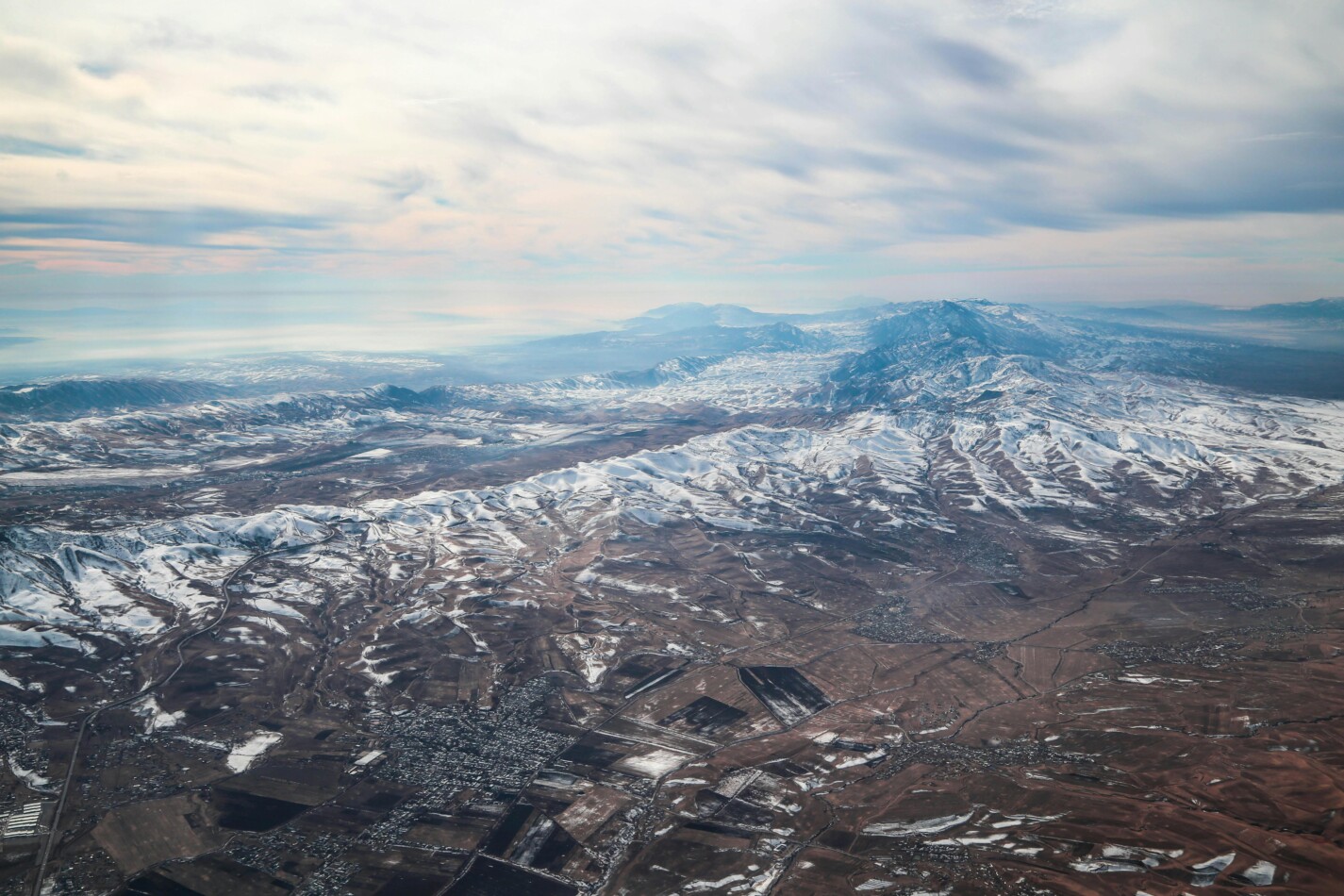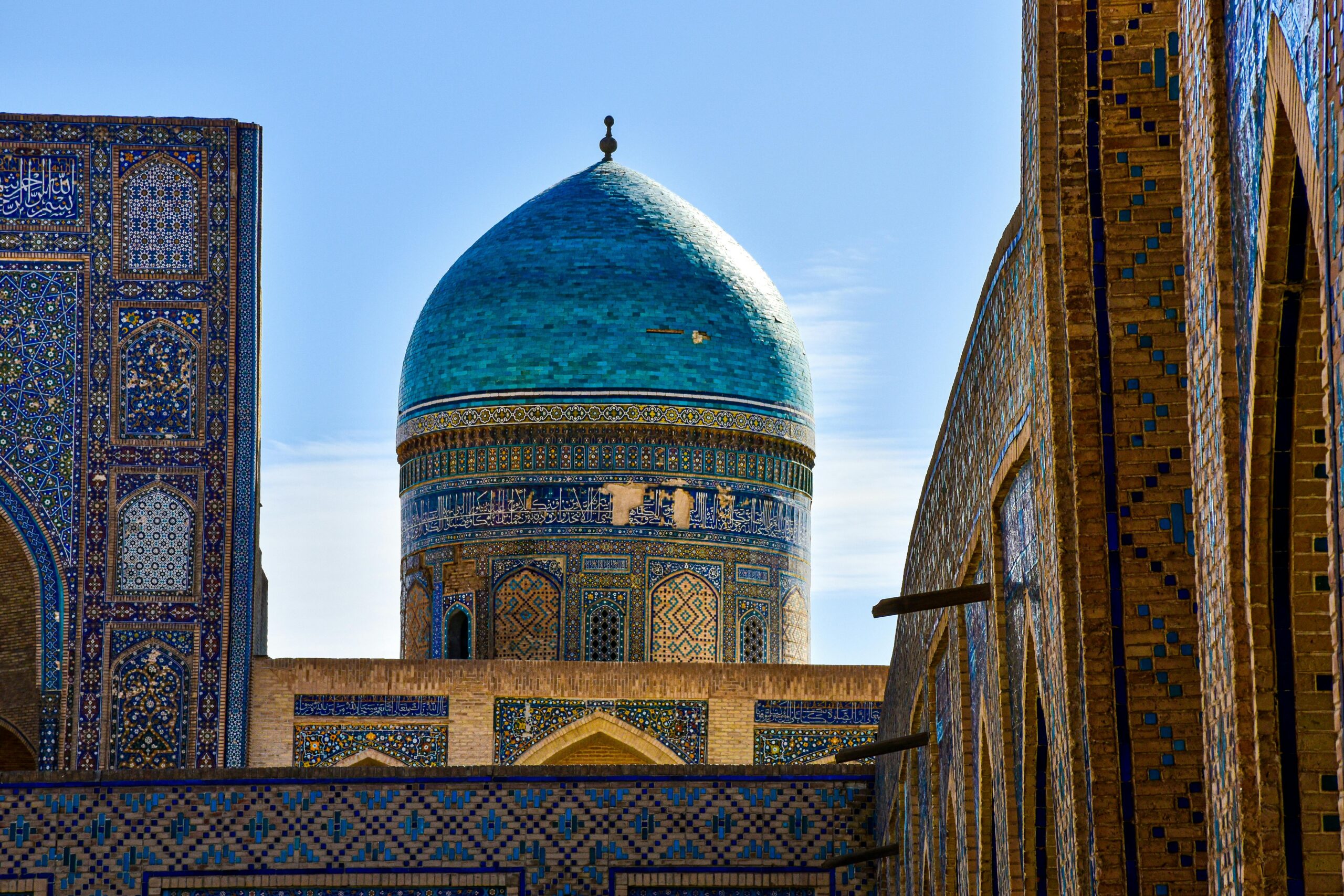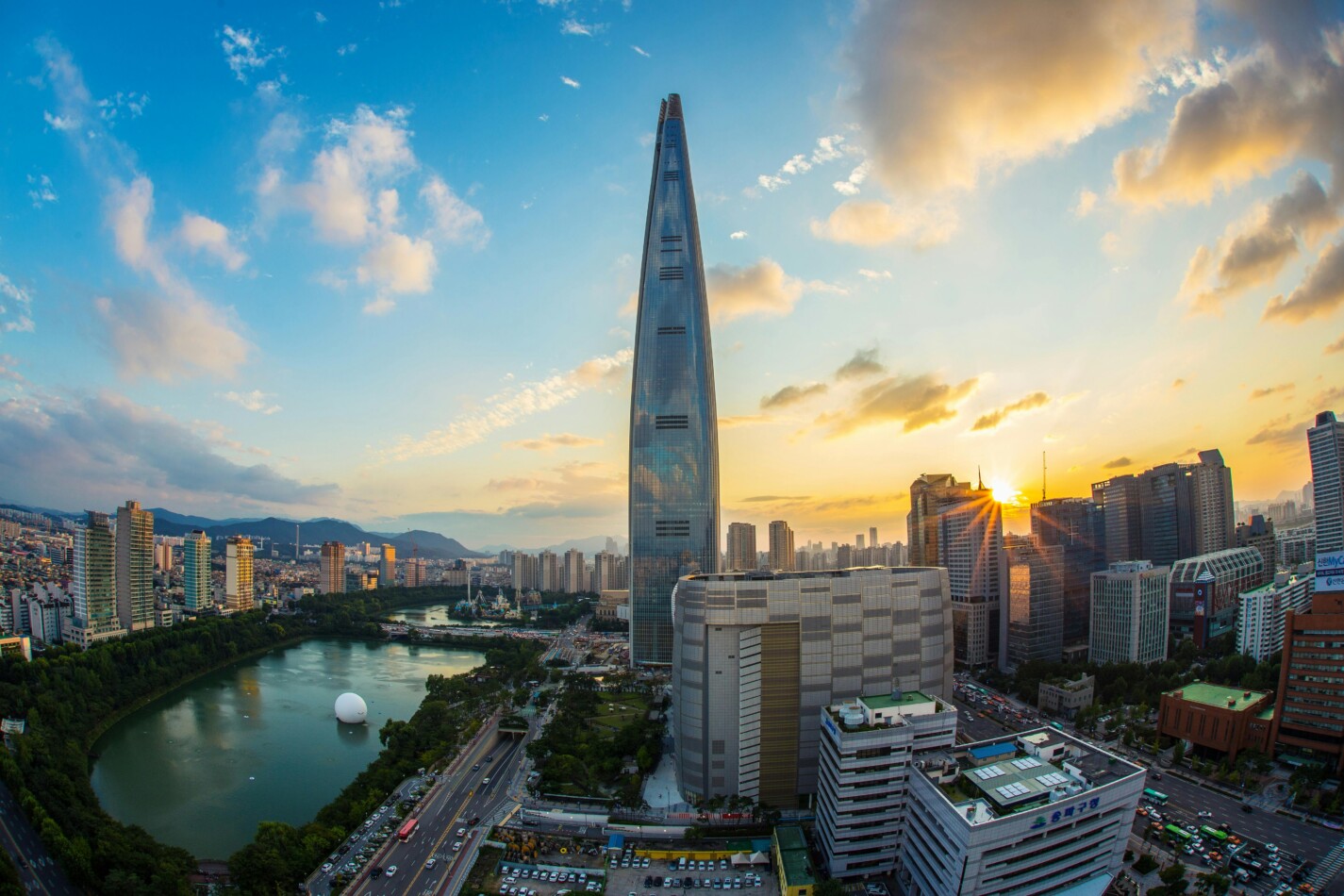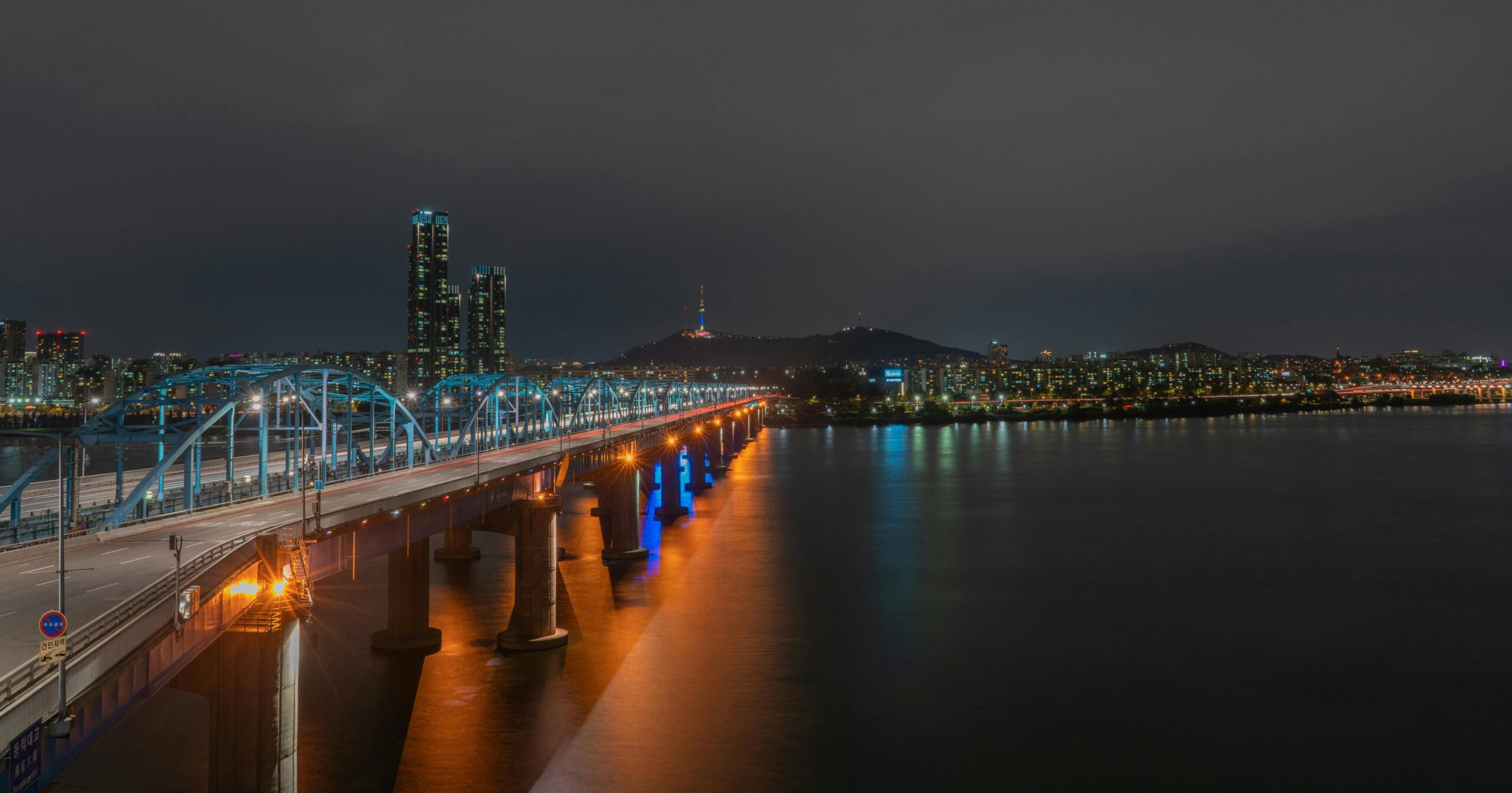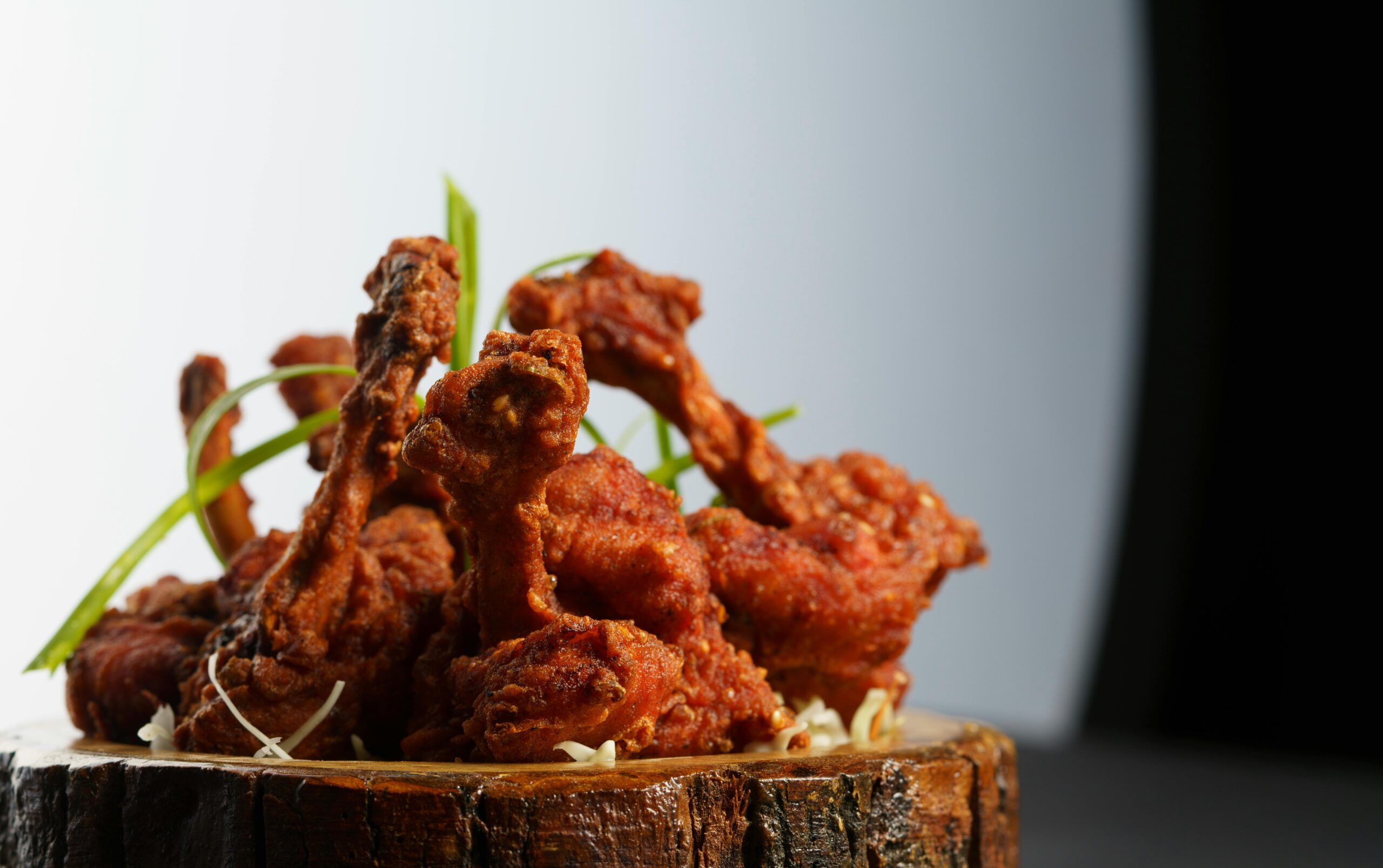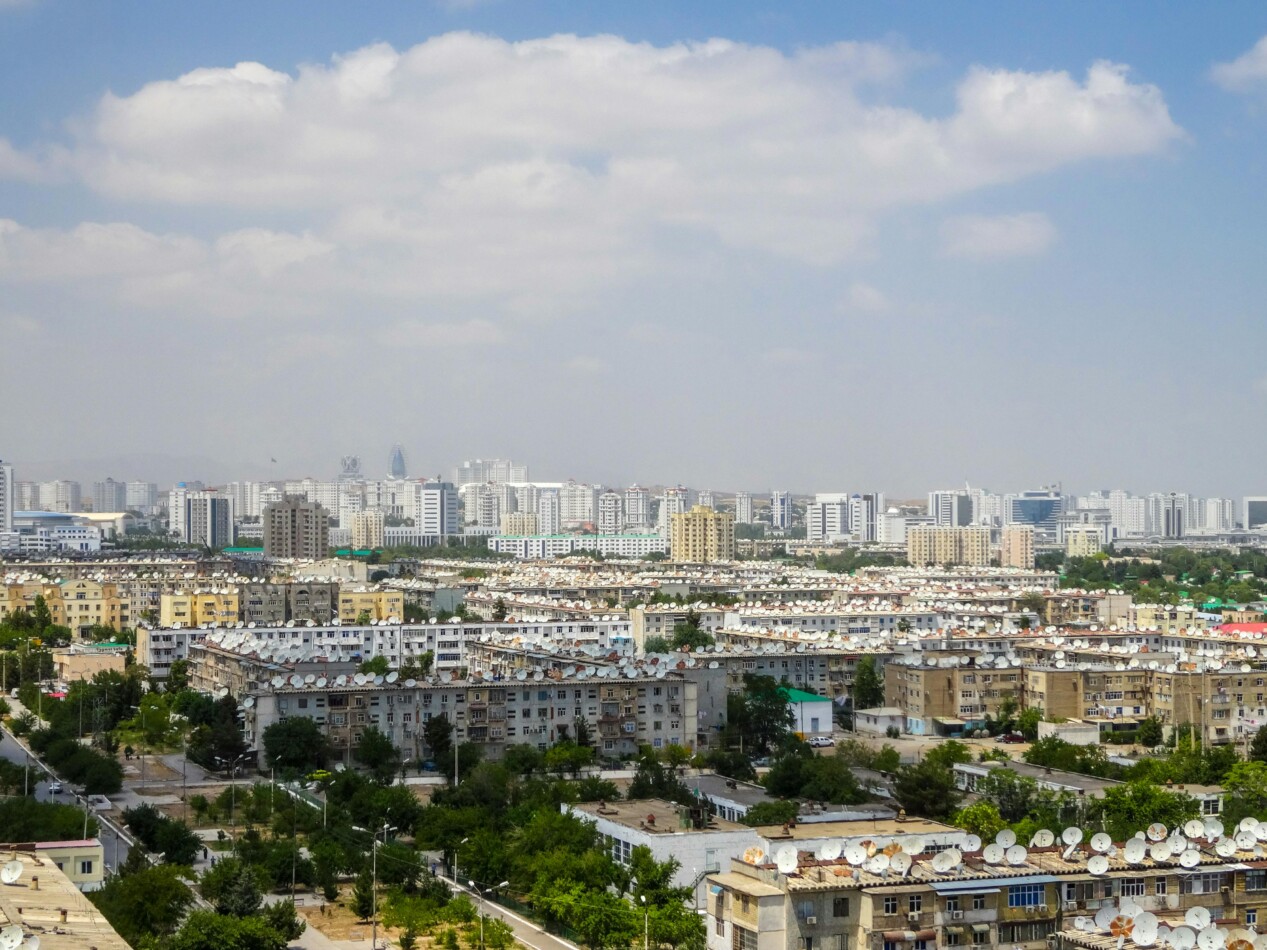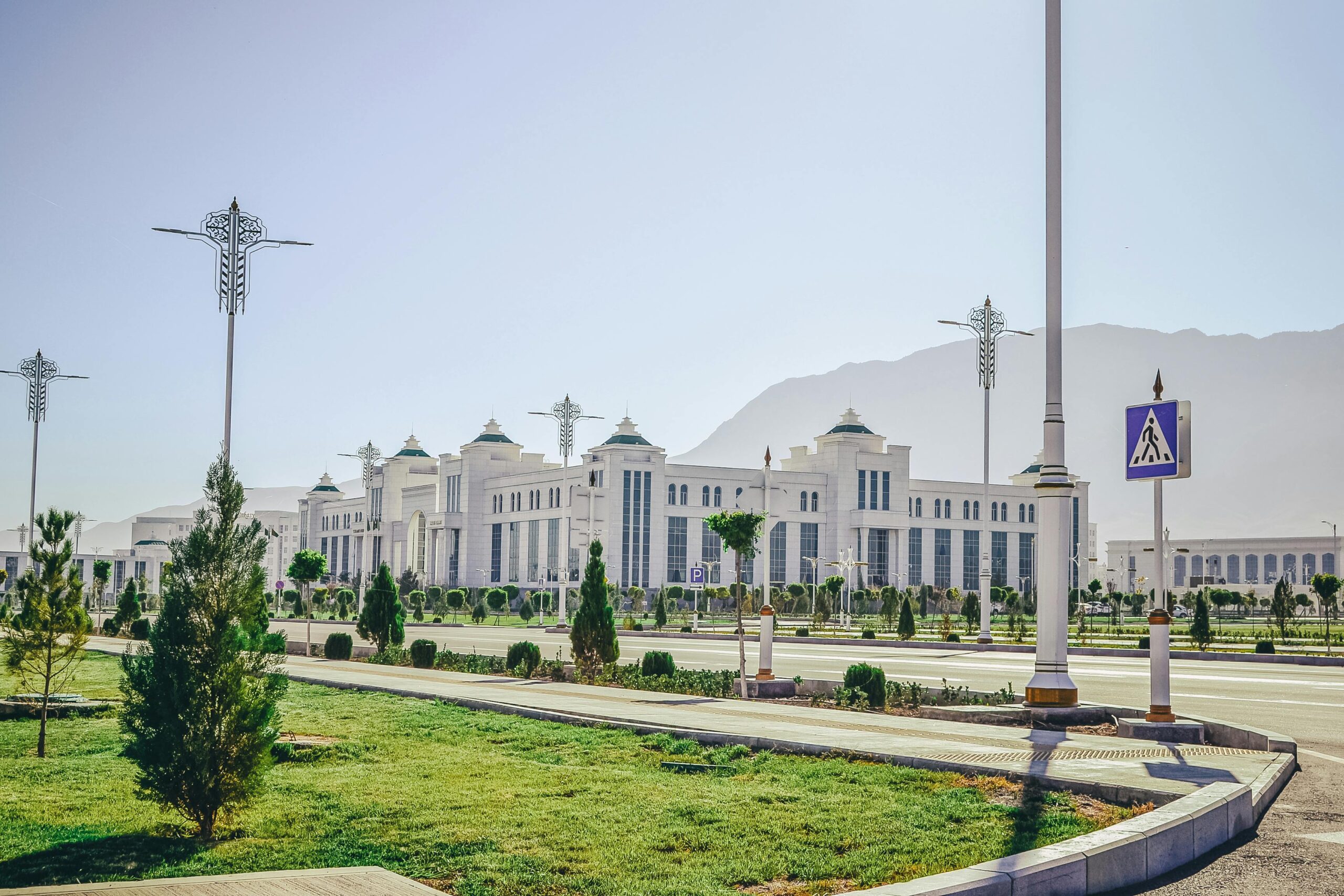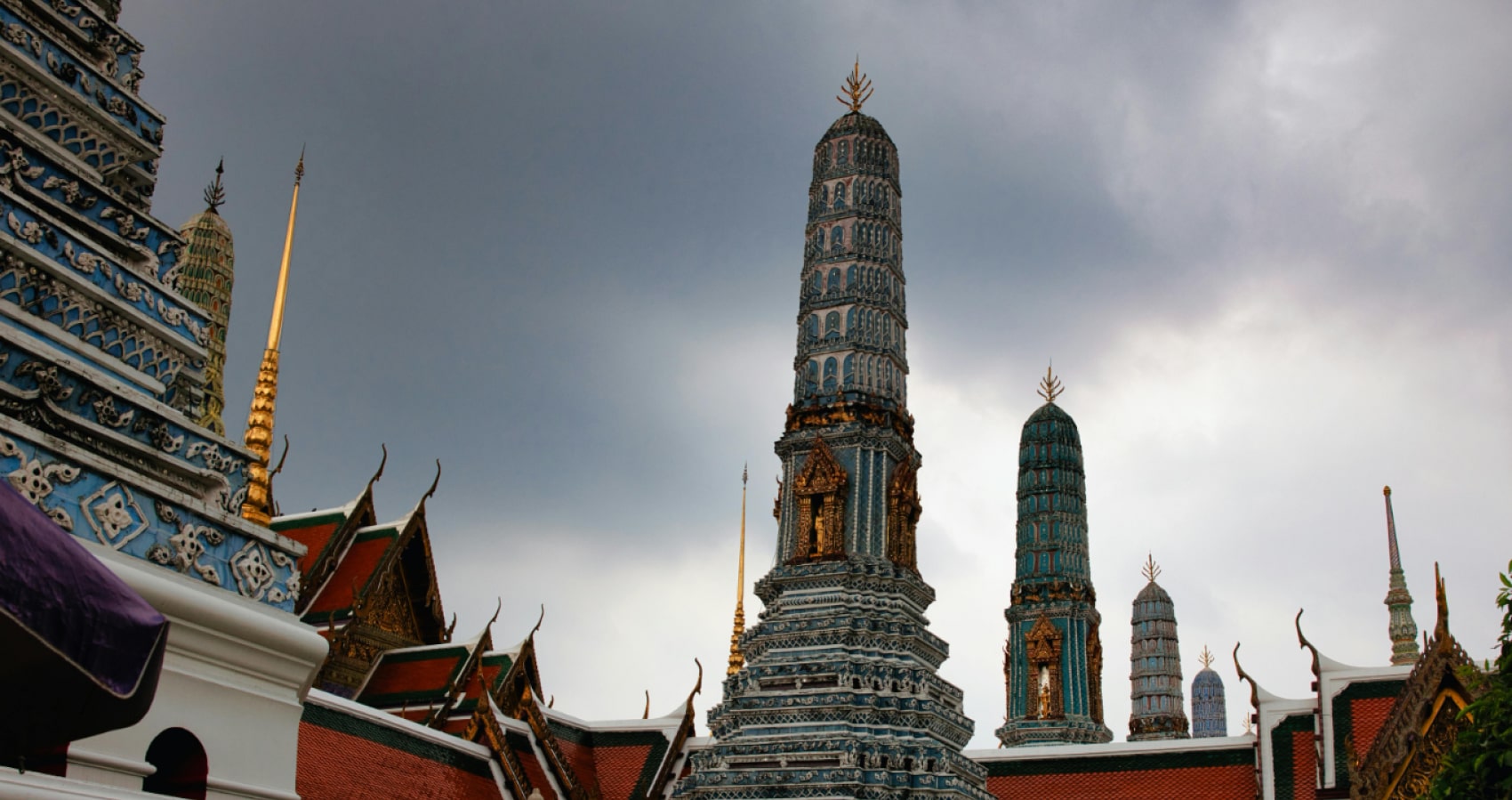The 10 Best Places to Visit in Tajikistan: Must-See Destinations for Travelers
Tajikistan, a landlocked country nestled in the heart of Central Asia, is a hidden gem that boasts breathtaking landscapes, ancient history, and a rich cultural heritage. From the towering peaks of the Pamir Mountains to the tranquil beauty of its lakes, Tajikistan offers some of the most stunning natural scenery in the world. Whether you’re an adventure seeker, history buff, or nature lover, this guide to the 10 best places to visit in Tajikistan will help you plan an unforgettable journey.
1. Pamir Mountains: The Roof of the World
The Pamir Mountains are arguably the most famous natural attraction in Tajikistan. Known as the “Roof of the World,” the Pamirs are a paradise for trekkers and adventure enthusiasts. With towering peaks, alpine lakes, and ancient mountain villages, the region offers some of the most dramatic landscapes in Central Asia. Popular treks include the Pamir Highway, a road trip through remote villages, valleys, and breathtaking mountain passes, and the Bibi Fatima Pass, which offers incredible views of the Pamir range.
2. Iskanderkul Lake: A Hidden Gem in the Fann Mountains
Located in the Fann Mountains, Iskanderkul Lake is one of Tajikistan’s most picturesque destinations. Surrounded by rugged peaks and lush forests, the lake’s turquoise waters are ideal for a peaceful retreat. The area is also home to a stunning waterfall, Fann Glacier, and several hiking trails that offer spectacular views. It’s a popular spot for nature lovers and those looking for a peaceful escape in the heart of Tajikistan.
3. Dushanbe: The Capital City’s Charm
Dushanbe, the capital of Tajikistan, offers a mix of Soviet-era architecture and modern developments. Visitors can explore attractions like the Navruz Palace, Tajikistan National Museum, and Rudaki Park, which showcases lush gardens and sculptures of famous Tajik poets. Dushanbe is also home to bustling bazaars, including Soviet Bazar, where visitors can buy local handicrafts, spices, and fresh produce.
4. Khujand: Ancient History and Bustling Markets
Located in northern Tajikistan, Khujand is one of the oldest cities in Central Asia and a must-visit for history enthusiasts. The Khujand Historical Museum and Fortress of Khujand give insight into the city’s ancient past. Visitors can also wander through the lively Panjshanbe Bazaar, one of the largest markets in the region, where locals sell traditional crafts, fresh fruits, and spices.
5. Langar Village: Gateway to the Wakhan Corridor
Tucked away in the northeastern part of Tajikistan, Langar Village is the gateway to the Wakhan Corridor, a remote region that stretches along the Afghanistan-Tajikistan border. The village is known for its scenic beauty, traditional Pamiri architecture, and as a base for trekking the Wakhan Valley. This area is also home to ancient Buddhist rock carvings and a unique opportunity to interact with the local Wakhi people, who have maintained their traditional lifestyle for centuries.
6. The Wakhan Corridor: A Remote Paradise
The Wakhan Corridor is a remote, sparsely populated region offering some of Tajikistan’s most spectacular landscapes. Known for its high-altitude plateaus, rugged mountains, and clear streams, this area is perfect for trekking, camping, and exploring. The corridor is also home to ancient Fortresses of the Wakhan, which stand as remnants of centuries-old trading routes between Central Asia and the Indian subcontinent.
7. Panjakent: Ancient Ruins and Modern Charm
Panjakent, located in the Zarafshan Valley, is known for its rich history and ancient ruins. The nearby ruins of Ancient Panjakent, which date back to the 5th century AD, offer a glimpse into the city’s historical importance as part of the Sogdian Empire. The Ruhobod Mausoleum and Khazrat-i-Ali Mosque are also worth visiting. Panjakent’s bustling bazaars and proximity to the Fann Mountains make it a popular stop for travelers exploring Tajikistan’s cultural and natural highlights.
8. Ayni: A Beautiful Mountain Town
Ayni is a small mountain town located in the Zeravshan Valley, surrounded by towering peaks and lush green valleys. The town is known for its traditional Pamiri culture and offers a quieter, more serene alternative to Tajikistan’s larger cities. Nearby, visitors can explore the stunning Zeravshan River, go trekking in the mountains, and experience the local way of life in the rural villages.
9. Zeravshan Valley: Stunning Landscapes and Hiking Trails
The Zeravshan Valley is a hidden gem for travelers looking for untouched landscapes and outdoor adventure. The valley is known for its fertile soil, green fields, and dramatic mountain scenery. It’s a fantastic spot for hiking, with trails that lead to ancient ruins, picturesque villages, and awe-inspiring views of the surrounding mountains. Trekking the Zeravshan Range provides an unforgettable experience for nature lovers.
10. Khorog: Gateway to the Pamir and Wakhan Regions
Located in the eastern part of Tajikistan, Khorog is the capital of the Gorno-Badakhshan Autonomous Region and a popular stop for travelers heading into the Pamir Mountains. The town is known for its relaxed atmosphere, surrounded by towering peaks and the Pamir River. It’s also an excellent base for exploring the nearby Wakhan Corridor and Pamir Highway. Don’t miss the beautiful Khorog Botanical Garden, which offers a peaceful place to relax and enjoy panoramic views.
Conclusion
Tajikistan is a land of dramatic landscapes, rich history, and fascinating cultures. From the awe-inspiring Pamir Mountains to ancient cities like Khujand and Panjakent, there’s something for every type of traveler in this hidden gem of Central Asia. Whether you’re an adventure seeker, history lover, or nature enthusiast, these 10 best places to visit in Tajikistan will ensure a memorable trip filled with incredible experiences.
Read more
